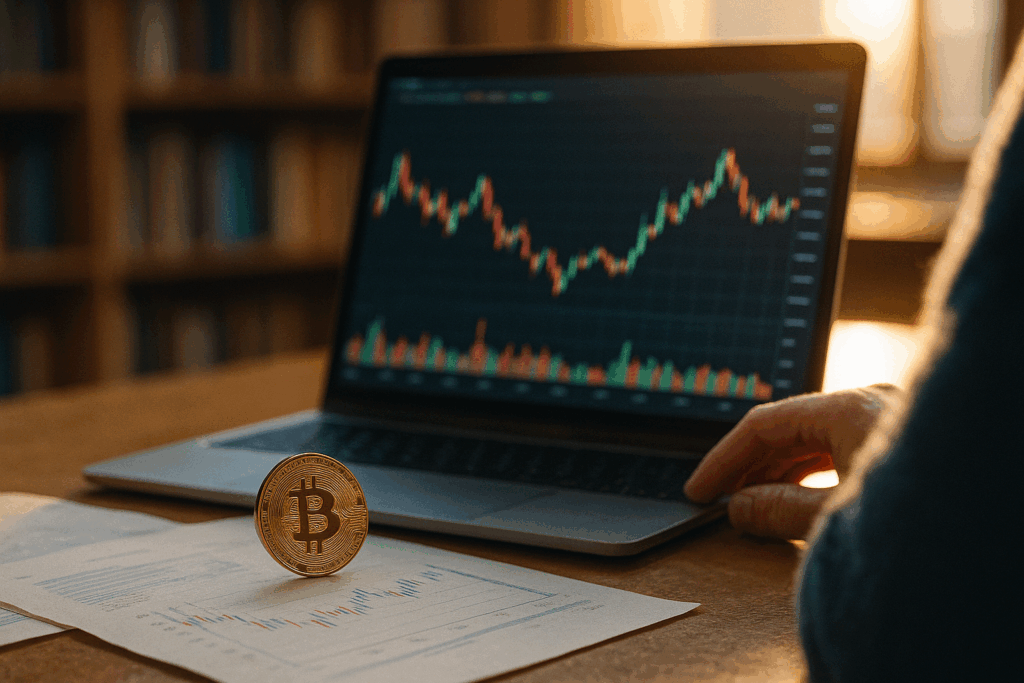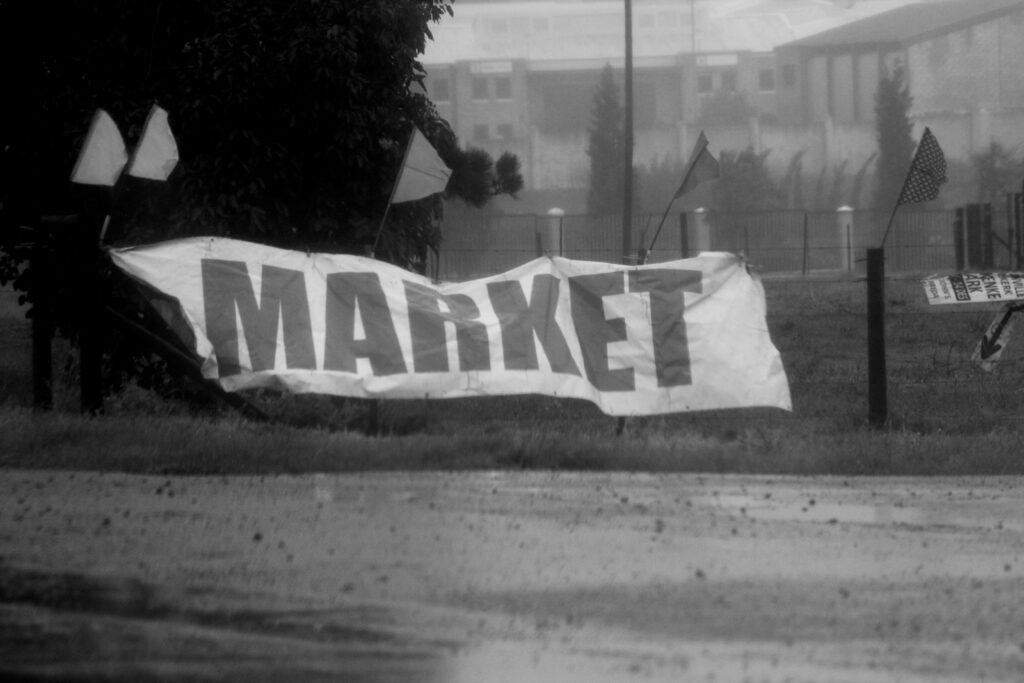Why 2023 Is a Pivotal Year for Crypto
After the rollercoaster that was 2022—complete with market crashes, high-profile platform failures, and regulatory crackdowns—crypto entered 2023 with one thing on the line: trust. Investors are hesitant. Developers are wary. But underneath the caution, there’s momentum building again.
Three forces are now converging: regulation, innovation, and adoption. Governments are stepping off the sidelines and crafting clearer rules. That could either stabilize the landscape—or strangle it, depending on execution. Meanwhile, tech innovation hasn’t slowed. From scalable blockchains to tokenized assets, real utility is taking shape. And on a global scale, more people—especially in emerging markets—are turning to crypto not for speculation, but out of necessity.
This isn’t the year to wing it. It’s a time to pay attention or risk falling behind. Whether you’re trading full-time or investing passively, 2023 is where blind optimism dies and informed strategy takes its place.
Trend 1: Regulatory Clarity (Finally?)
Regulation has long been the wild card in crypto, but 2023 marks an inflection point. Governments worldwide are moving to establish formal frameworks—some friendly, others more cautious. The era of regulatory uncertainty may finally be fading.
A Global Push for Clearer Rules
More countries are recognizing that crypto is here to stay. As a result, they’re working on clearer rules to protect investors, combat fraud, and encourage innovation.
- United States: Ongoing debates around asset classification (securities vs. commodities) are likely to define the year. Agencies like the SEC and CFTC are under pressure to deliver clearer guidance.
- European Union: The Markets in Crypto-Assets (MiCA) legislation signals a comprehensive approach to transparency and consumer protection.
- Asia: Countries like Japan and South Korea continue to embrace regulated innovation, while China maintains a stricter stance against crypto trading.
What It Means for Traders, Platforms, and Projects
A more stable regulatory environment can bring clarity and confidence—but also new obligations and scrutiny.
- Exchanges may need to register and follow stricter KYC/AML standards
- Projects will be expected to publish detailed whitepapers and disclosures
- Token issuers need to prove utility or risk being labeled as unregistered securities
How to Spot Legitimate Projects in a Regulated Market
As scam tokens and fly-by-night schemes become riskier under new laws, the most successful projects will be those that embrace transparency and compliance from the start.
Key signs of credible projects in 2023:
- Clear legal structure and real team
- Open-source code and active developer contribution
- Strong community and governance models
- Compliance with regional regulations
For investors, that means focusing on fundamentals—not hype—as regulation reshapes the playing field.
Trend 2: Institutional Money Making a Comeback
After sitting on the sidelines through much of the chaos in 2022, institutional players—hedge funds, asset managers, and even old-guard banks—are starting to dip their toes back into crypto. This time, they’re avoiding meme coins and fly-by-night projects. The focus is on infrastructure: decentralized finance (DeFi), tokenized assets, custody solutions, and blockchain rails that offer clear utility.
What’s different now is restraint. Institutions are demanding transparency, compliance, and tech that solves real problems. This discipline brings two things: fewer fireworks, but more stability. Speculation gives way to long-term thinking, especially with tokenized real estate, financial instruments, and cross-border payment systems starting to prove their worth.
As more regulated capital flows in, price swings might mellow—and that’s a good thing. Crypto’s not just a casino anymore. A maturing ecosystem attracts long-term builders, and institutional confidence sends a signal: this market isn’t going away, it’s evolving. If you’re here only for the pumps, you might get bored. But if you’re building or investing on real fundamentals, the next phase could be your runway.
Trend 3: Layer 2 and Scalability Tech
Ethereum’s long-anticipated upgrade, known as “The Merge,” has set the stage for a new era in crypto infrastructure. But while it addressed energy efficiency via proof-of-stake, it didn’t fully solve issues like high gas fees and network congestion. That’s where Layer 2 solutions come in.
The Rise of Layer 2s
Layer 2 solutions are blockchain protocols that sit on top of Layer 1 networks (like Ethereum) to improve speed and reduce costs. In 2023, they’re expected to play a central role in scaling the ecosystem.
Leading Layer 2s to Watch:
- Arbitrum – Offers high compatibility with Ethereum apps and strong developer traction
- Optimism – Focused on reducing gas fees while maintaining Ethereum’s security model
- zkSync and StarkNet – Pushing forward with zero-knowledge proofs for scalability without sacrificing decentralization
These technologies are accelerating transaction throughput while preserving the security and decentralization of Layer 1 chains.
Lower Fees, Faster Access
Scalability isn’t just a back-end concern anymore—it’s a mainstream adoption enabler. By lowering transaction fees and increasing speeds, Layer 2s are making:
- Everyday DeFi use more practical
- NFT minting and trading less costly
- Micro-transactions and gaming integrations more feasible
Lower barriers mean more user participation, which fuels ecosystem growth.
Smart Chains Worth Watching
Beyond Ethereum and its Layer 2s, several other smart contract platforms are positioned to benefit from the scalability push:
- Avalanche – Known for its speed and subnet architecture
- Polygon – Continues expanding as a hybrid Layer 2/sidechain solution
- BNB Chain – Still commanding strong volumes in DeFi and gaming
- Cosmos and ATOM ecosystem – Offering modularity and interoperability that attract developers
Each of these chains is contributing to solving the scalability puzzle in unique ways.
Bottom Line
In 2023, scalability will shift from a technical buzzword to a competitive advantage. Creators, developers, and investors should keep a close eye on Layer 2 progress—it could define the next wave of blockchain adoption.
Trend 4: Rebounding Altcoins and Smart Positioning
Alt season chatter is back—but so is caution. After brutal corrections in 2022, many altcoins are showing signs of life. Still, not every price pump means a sustainable trend. A lot hinges on whether this rally is backed by real fundamentals or just another bull trap pulling in retail before fading.
Sectors worth watching this time around are the ones building actual use. Blockchain gaming is maturing, with titles focused less on earning quick tokens and more on experience and player retention. NFTs tied to real-world utility—like event access, brand loyalty, or legal contracts—are cutting through the noise. And tokenized real-world assets (RWAs) like real estate and bonds are bringing traditional capital into DeFi rails. These aren’t just hype cycles—they’re signs of a maturing ecosystem.
That’s why investors are leaning on stronger filters: active development teams, community traction, and partnerships that don’t feel like fluff. Flashy roadmaps without delivery aren’t cutting it anymore.
Want to sharpen your trading lens? Check out this helpful read: Interpreting Crypto Charts – A Guide for New Traders.
Trend 5: Global Macro Factors—Don’t Sleep on Them
Crypto doesn’t live in a vacuum—not anymore. In 2023, inflation hasn’t vanished, interest rates are still high in many parts of the world, and central banks are walking a tightrope between growth and stability. These macro forces are bleeding directly into the crypto landscape, reshaping how assets behave and how investors react.
Bitcoin, once sold as a tech rebellion or digital gold, is now acting more like a barometer for global risk sentiment. When markets get spooked by economic slowdown or forex volatility, BTC can dip alongside equities. When the Fed hints at a pause or a pivot, it bounces. The line between crypto and traditional markets? Thinner than ever.
We’re also seeing a deeper correlation develop between crypto and commodities—especially gold. Investors treating Bitcoin like a macro asset means it’s increasingly part of larger portfolio strategy talks. That’s new ground for a currency born out of distrust in fiat. It also means crypto will keep reacting to headlines far outside its usual bubble—GDP surprises, interest rate hikes, even oil supply disruptions.
For anyone watching charts, this macro overlay can’t be ignored. It’s not just about hype cycles now—it’s about knowing when to play defense, and when a macro tailwind might give your position a lift.
Final Outlook: Smart Moves for 2023
2023 isn’t about riding the biggest wave—it’s about knowing which waves are worth paddling for. The days of chasing FOMO and hoping a token moons overnight are over. Smart investors are spreading risk, not stacking bets on whatever’s trending on Twitter. Diversification isn’t just a safety net—it’s strategy.
Before jumping into any project, check the fundamentals. Is there consistent developer activity? Is the community active… and actually building something? Don’t let price action be your only signal—surface-level hype dies fast if there’s no real muscle behind it.
This space is maturing. That means more noise, more flash, and more traps. But also more chances to bet on real utility, not just sizzle. Stay informed, keep your ear to the tech, and when you move, move with purpose.
The edge goes to those who look under the hood—not those who just follow the crowd.

 Head of Research & Blockchain Insights
Head of Research & Blockchain Insights
